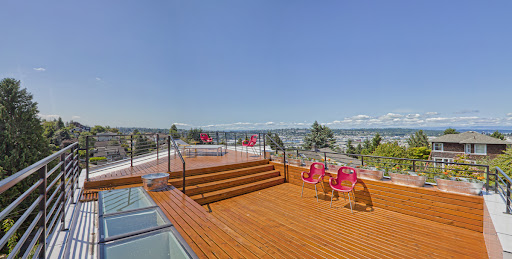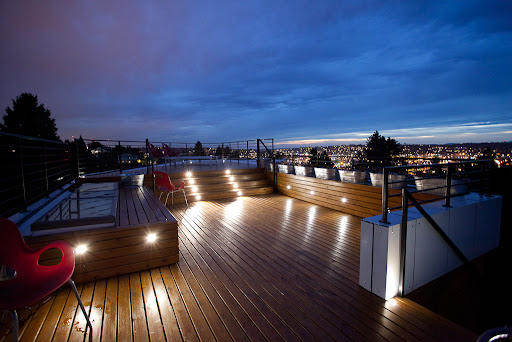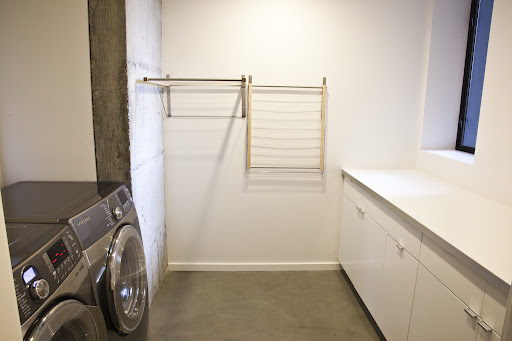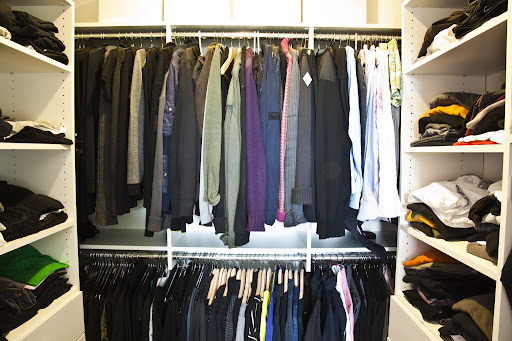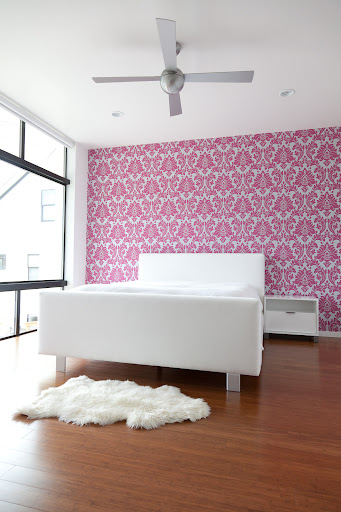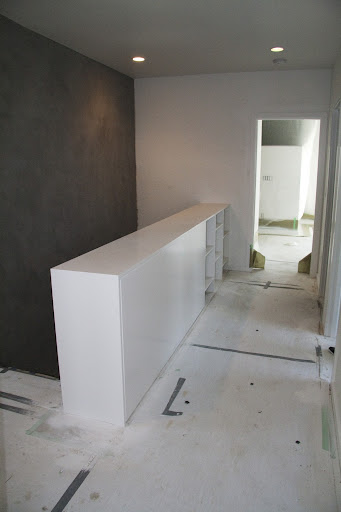I've given up waiting for pristine conditions to shoot photographs; dust and protective brown paper and plastic are just a fact of construction. Clean and bright photos probably won't happen until after final cleanup, so here's a post on cabinets and countertops.
To me, the kitchen is the central component of the home, so it merits lots of attention. Options for modern cabinetry are plentiful. At the high end there is a multitude of drool-worthy cabinets from Italian companies like
Poliform,
ArcLinea, and
Scavolini,
Bulthaup in Germany, and
HenryBuilt here in Seattle. Locally-made custom cabinets, such as those by Seattle's
Build or
Kerf can also be modern and minimal and beautiful. However, all these options will run you $30k-$60k in cabinets alone. At the low end,
IKEA makes terrific kitchen cabinets, despite what many contractors will tell you. However, they have a limited range of finishes, and the sizes can't be easily customized. Also, note that IKEA cabinets are only cheap if you pick up the boxes and assemble them yourself; otherwise the labor hours rack up too quickly. We choose this option for our laundry cabinets, and just had Logan's set the already assembled boxes. (There will be another blog post on this little round of sweat equity.)
In between these options are semi-custom cabinets, such as the
Amero line from
Pacific Crest. They have a huge range of doors/finishes, boxes can be customized to the half-inch, and prices are low; we spent around $8k for our kitchen and two bathrooms. (Though we have a below-average number of kitchen cabinets, since we have a huge walk-in pantry just behind the kitchen.) We choose the
Metro door in black-stained Red Oak for the lowers, and the
Jazz door in white gloss for the uppers, wrapped in Oak finish panels. All the lowers are soft-close full-extension drawers, which are much easier to use than lower cabinets. Notice that the uppers actually cantilever out; the boxes are attached to a support beam that was then wrapped in finish panels to hide it (try to do that with IKEA!). Behind the uppers is a staircase to the lower floors. The kitchen island counters extend an extra foot to form a bar.
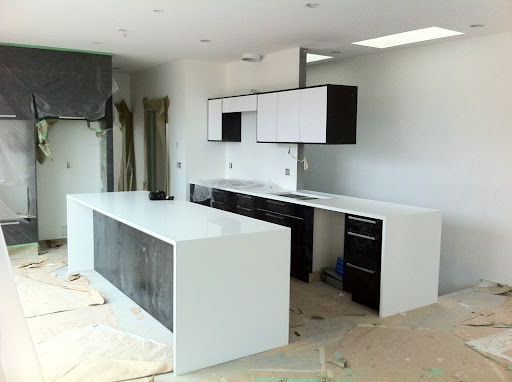
Along the back wall and wrapped in protective plastic is a floor-to-ceiling bank of cabinets and finish panels that will house the oven/microwave and refrigerator. This bank was supposed to be 30" deep so that it can hold a full-depth fridge; however, it was accidentally built 24" deep. This will be fixed in the next couple weeks.

Cabinet hardware is another easy way to get spendy;
Omnia and
Linnea make great options. We instead went with IKEA hardware; heavy and long
Tyda handles for the lowers and minimal
Strecket handles for the uppers.
The other huge choice to be made in kitchens is the countertops; we wanted solid counters as white and textureless as possible, but without the plastic-y feeling of acrylics like
Corian. The natural choice is Quartz composite, made using the
Breton process. Here in Seattle
Caesarstone and Pental
Chroma are the most common; however, their whitest options still have a fair amount of texture when viewed closely, and we were afraid our extremely white uppers would make this texture even more obvious by reference. We got a tip that
Quantra counters, a new product from India sold locally by
Meta Marble, had the whitest Quartz available, and indeed you can see that they're very white! Surprisingly, it wasn't any cheaper than more established brands, probably because it comes in a 3cm thickness rather than the standard 2cm. We're thrilled with how it turned out, though, especially the waterfall pieces extending to the floor!

As an aside, getting these huge 8' slabs up to our third floor was quite a challenge. They ended up renting a lift, and it took six guys to wrestle the pieces.

Our cooktop is a 36" drop-in from
BlueStar (well-known in foodie circles as providing the highest BTUs available in a consumer product), and the sink is a double-bowl zero-radius stainless steel model by
Vigo (remarkably inexpensive compared to the more common
Franke version, which can run in the $1000s).

The rest of the appliances, kitchen faucet, and island pendant lighting still need to be installed to complete the look and function, but overall I think we managed to create a totally hot and modern kitchen on a pretty constrained budget! I will return to the kitchen once it is complete with another post.


